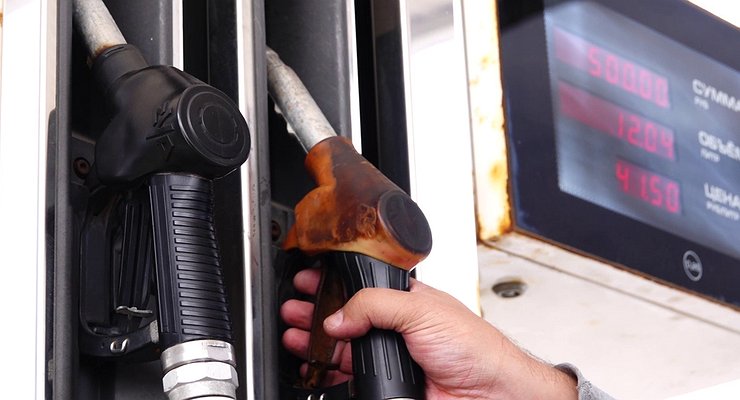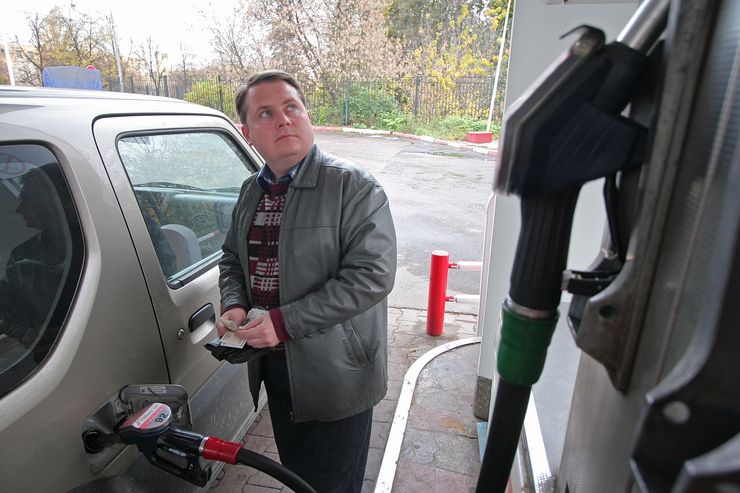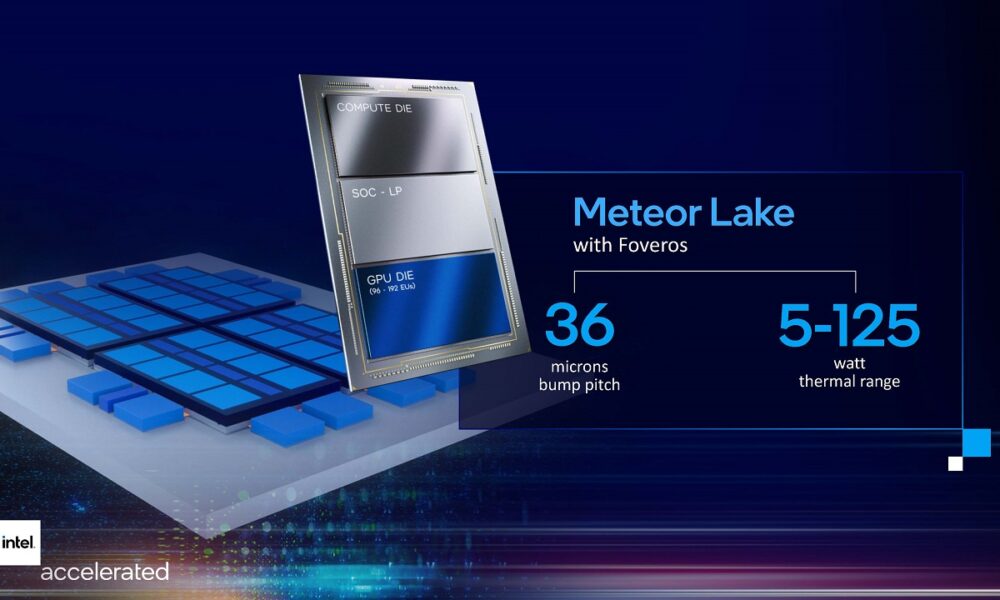The main condition for the existence of such a fraud is the payment of fuel in cash. With bank cards, as they say, “will not work”. Therefore, a “separation” is possible only if the motorist buys fuel on the principle “for 500 rubles” or “for 1000” or “for 200”. Does not matter. Most importantly, the payment must be real money.
The problem for scammers is that the cash registers of most gas stations are equipped with bank payment terminals. But the cashier can always tell the customer that the machine is not working at the moment, which is why you can only pay in cash. It is clear that it is unlikely that a local resident can hang such noodles on the ears. But for a passing resident of another region rushing to his resort, it is quite normal to “drop in”.
So, let’s say that the car owner agreed to buy gasoline for 1000 rubles and is ready to pay in cash. The fact is, he probably doesn’t think that the gas station equipment, which measures gallons of fuel in his car’s tank, like any measuring instrument in general, is flawed.
Modern gas stations can measure the consumption of flammable liquid with an accuracy of 10 ml – 0.01 liter. In practice, this leads to the following: a citizen hands over 1,000 rubles in cash at the checkout of the gas station. For example, the price of AI-95 now in the Krasnodar Territory is at a level of about 54 rubles per liter. Calculation suggests that for 1000 rubles with such a price tag, 18,51851 liters of gasoline can be poured into the car.














